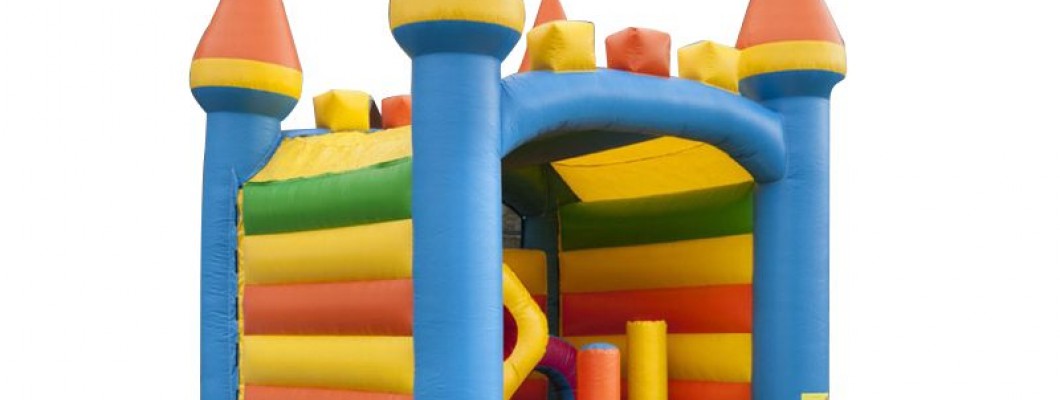
Using inflatable blowers correctly is paramount to ensuring the safety of your inflatable setups, whether for a commercial event or personal use. Incorrect usage can lead to accidents, equipment damage, and costly repairs. Below are essential tips and guidelines for using inflatable blowers safely and effectively.
1. Understanding Blower Specifications
Before using any blower, familiarize yourself with its specifications. Make sure the blower is suitable for the size and type of inflatable you are using. Check the manufacturer's guidelines to ensure the blower's power and airflow are appropriate for your inflatable.
2. Inspect Before Use
Thoroughly inspect the blower and its components before each use. Look for any signs of wear and tear, such as cracks in the housing, frayed cords, or loose connections. Address any issues immediately to prevent potential hazards.
3. Proper Placement
Place the blower on a stable, level surface. Avoid areas with debris, water, or unstable ground. Proper placement ensures optimal airflow and prevents the blower from tipping over during operation.
4. Secure Electrical Connections
Use a grounded electrical outlet and ensure all connections are secure. Avoid using extension cords unless absolutely necessary, and if you must use one, ensure it is rated for outdoor use and can handle the blower’s power requirements.
5. Attach Blower Correctly
Securely attach the blower to the inflatable's air intake. Ensure the connection is tight and there are no gaps where air could escape. Many inflatables have straps or ties to help secure the blower's nozzle in place.
6. Monitor During Operation
Keep an eye on the blower while it is in use. Regularly check for any unusual noises, overheating, or changes in performance. If any issues arise, turn off the blower immediately and inspect for potential problems.
7. Avoid Overloading Circuits
Be mindful of the electrical load on your circuits. Avoid plugging multiple high-power devices into the same outlet as the blower, as this can cause electrical overloads and potential fire hazards.
8. Regular Maintenance
Perform regular maintenance on your blower to keep it in good working condition. Clean the air intake and exhaust vents regularly, and check for any blockages or buildup of debris. Follow the manufacturer's maintenance schedule for optimal performance.
9. Safety Around Blowers
Ensure that children, pets, and unauthorized persons stay clear of the blower during operation. Never cover the blower or obstruct the airflow while it is running, as this can cause overheating and damage.
10. Safe Shutdown Procedures
When you are finished using the inflatable, follow safe shutdown procedures. Turn off the blower and unplug it from the outlet before detaching it from the inflatable. Allow the blower to cool down before storing it away.
Conclusion
Following these safety guidelines for using inflatable blowers can help prevent accidents and ensure the longevity of your equipment. Always prioritize safety and adhere to the manufacturer's instructions for the best results. Proper use and maintenance of your blower will contribute to safe and enjoyable inflatable experiences.

Leave a Comment